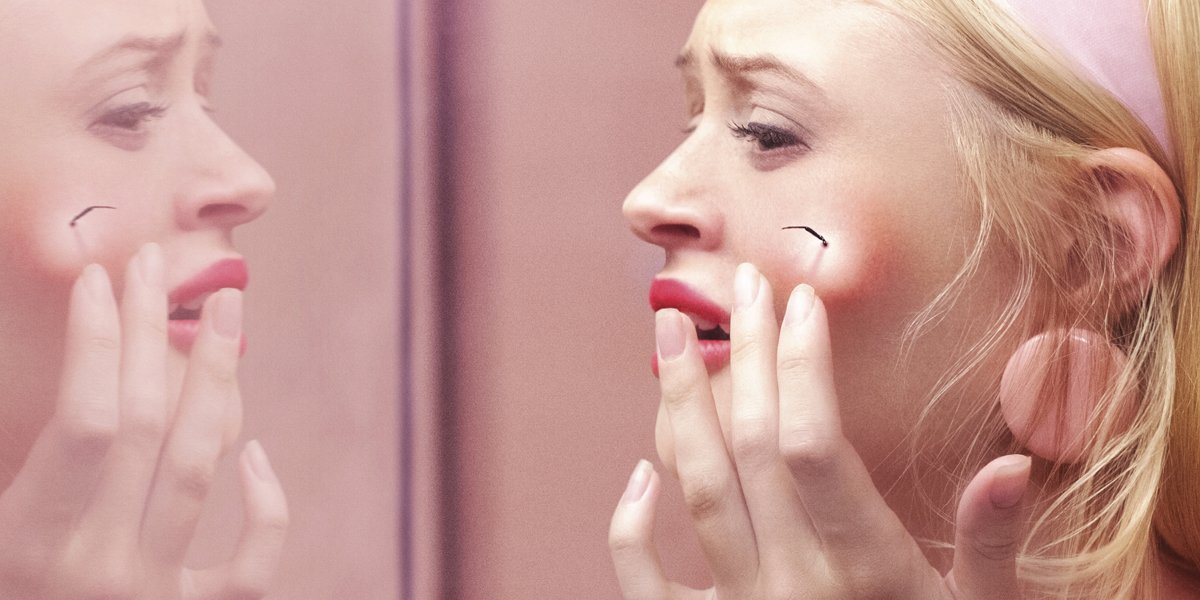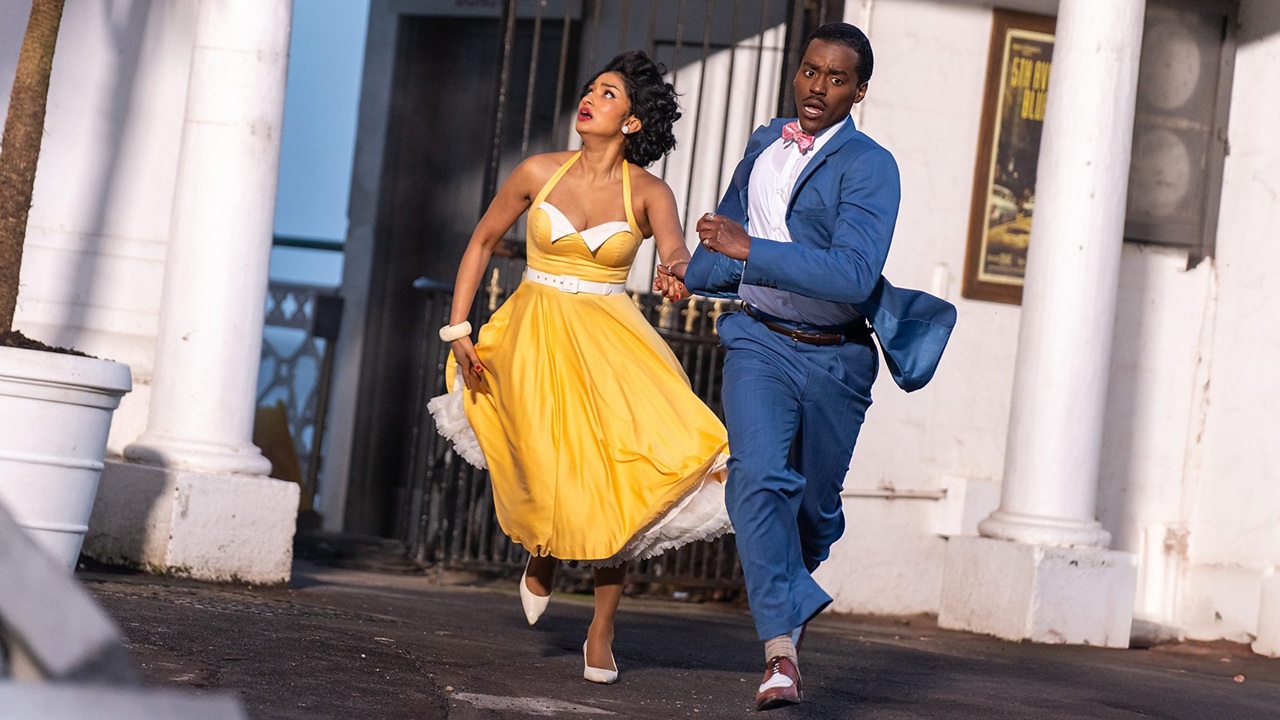“Kid-friendly horror” is a phrase that borders on being an oxymoron, but the truth is that it’s a massively influential cinematic genre. While most adult-centric scary movies are obviously too intense for children, the material that plays things a bit gentler can be wonderful entertainment for young cinephiles, as they get to experience the unique sensation of being frightened by a film without being totally traumatized.
Of course, that simple premise means that every single venture walks on a particular tightrope – especially when going for multiple demographics. Filmmakers being overly cautious can result in projects that are simply too lame and tame; while a swing too far in the opposite direction can result in a finished product that has no real target audience. There’s a hard-to-hit sweet spot, and few are able to strike it square, but those that do have the power to become beloved classics that movie-goers of a certain age will never forget.
We’ve seen a few movies in recent years try and create this specific magic, including two Goosebumps releases, and Eli Roth’s The House With A Clock In Its Walls, but André Øvredal's Scary Stories To Tell In The Dark arguably does it better than any of them. Making excellent use of its classic and brilliant source material, it’s a movie that has an excellent youthful energy while also being legitimately terrifying and horrifying – featuring some moments and iconography that will deeply imprint on horror-loving youngsters.
Author Alvin Schwartz’s book series of the same name doesn’t have any kind of strict narrative thread flowing through it – instead simply being a collection of very short stories – but screenwriters Guillermo del Toro and Dan and Kevin Hageman do a wonderful job housing all of it in an engaging mythology that haunts the fictional town of Mill Valley. While somewhat similar to the path taken by Goosebumps in terms of combining multiple tales into one narrative, it also stands as its own thing, and weaves a fun and freaky adventure with a collection of likable young heroes.
Taking us back to the year 1968, the story begins on Halloween as Stella (Zoe Colletti), her friends Auggie (Gabriel Rush) and Chuck (Austin Zajur), and an outsider named Ramon (Michael Garza) stir up some spookiness with a visit to the dilapidated Bellows family mansion – Mill Valley’s fabled haunted house. The legend goes that the Bellows had a deformed daughter named Sarah of whom they were deeply ashamed, and they locked her away in a secret room. Those brave enough to approach the house and stand outside to try and hear Sarah would be whispered stories, and the mythos grew as those who listened to the girl’s tales died grisly deaths.
Following an attack by some bullies, Stella and her friends wind up not only discovering Sarah’s room, but her book of scary stories. As you can probably guess, they make the mistake of taking the tome home with them… and it’s after this that they discover that Sarah isn’t quite done with her writing career. New stories begin showing up on empty pages, and our heroes are terrified to discover both that the tales are about them and the people they know, and that they come true as they appear.
Paired with the brilliant illustrations of artist Stephen Gammell, Schwartz’s stories are amazing because of the intensely nightmarish imaginings they evoke, and really the smartest move the film makes is just directly bringing the experience of reading the source material to the big screen. Without getting too far into spoilers, there are designs like the titular scarecrow in “Harold” or the ghoulish figure from “The Dream” that are simply real life replications of Gammell’s work, and the writers truly have chosen the best of the best material to bring to the big screen (if you suffer from arachnophobia as I do, I can assure you that how “The Red Spot” sequence plays out is going to make you want to crawl under your seat, no matter how sticky the floor may be).
This isn’t to say that Scary Stories To Tell In The Dark doesn’t have anything to creatively contribute, though, as the exact opposite is true. Not only is the larger narrative about Sarah Bellows compelling and loaded with a smart twist, but the short length and sometimes limited details provided in the original works means plenty of room for expansion. For example, the big scare in “Me Tie Dough-ty Walker!” is a sentient severed head that comes rolling down a chimney, but André Øvredal and his team turn that concept into a literally twisted monster that can disassemble and reassemble itself at will (something that is brought to life with some stunning practical effects).
In the way in which it’s crafted, there is a certain respect that the movie shows for the maturity of its audience, and while this is most obvious in its atmosphere and imagery, it’s present to the narrative as well. There are many titles in this subgenre that lack an important confidence that results in plot developments that wind up totally undercutting the stakes; but that’s a trapping that Scary Stories To Tell In The Dark specifically avoids, and is much better for it. This is a film that gets you to connect with the characters, and gets you to really care about them because of the very real potential consequences.
An added bonus is the fact that the movie also proves to be a showcase for some talented young actors. Zoe Colletti brings a lot of both emotion and grit to Stella, who has a lot of pain in her past that she is forced to overcome in order to survive, and she possesses a strong charisma that makes her very likable (even though Stella is the one who causes all the bad stuff to happen by taking Sarah’s book). Michael Garza definitely has a bright future ahead of him, bringing a rugged, rebellious charm to the big screen; and both Gabriel Rush and Austin Zajur instantly remind you of the goofy friends you had growing up that you could spend hours with talking about nothing.
This is a movie that spent years in development as filmmakers worked to crack the code on how to bring the material to life, and that time has wonderfully paid off. Not only is it a skin-crawling adventure by itself, there is also a clear setup for more stories to be told with a sequel, and it’s an opportunity you hope it gets. Clearly it’s not for the most sensitive of children, but Scary Stories To Tell In The Dark knows that, and instead goes after a direct target: those of all ages who have been reading and loving the books for decades. And that audience is going to love it.

Eric Eisenberg is the Assistant Managing Editor at CinemaBlend. After graduating Boston University and earning a bachelor’s degree in journalism, he took a part-time job as a staff writer for CinemaBlend, and after six months was offered the opportunity to move to Los Angeles and take on a newly created West Coast Editor position. Over a decade later, he's continuing to advance his interests and expertise. In addition to conducting filmmaker interviews and contributing to the news and feature content of the site, Eric also oversees the Movie Reviews section, writes the the weekend box office report (published Sundays), and is the site's resident Stephen King expert. He has two King-related columns.











